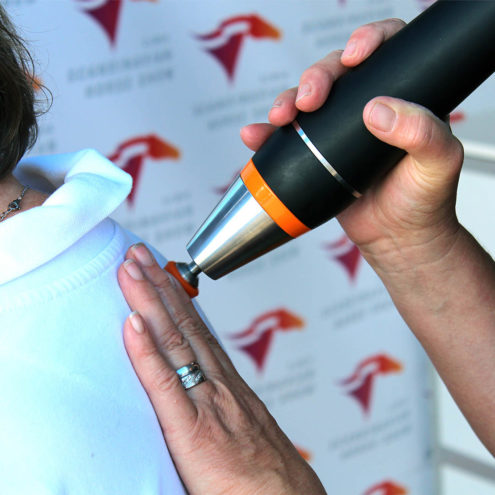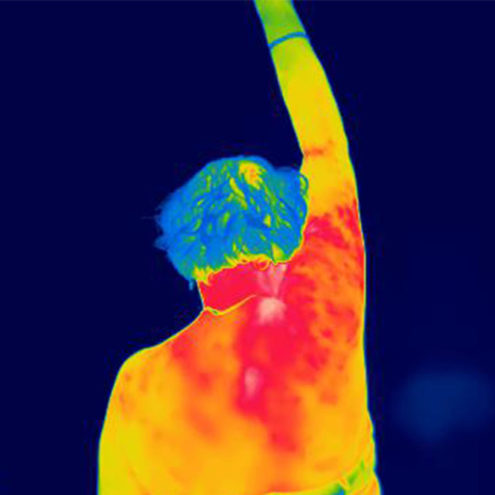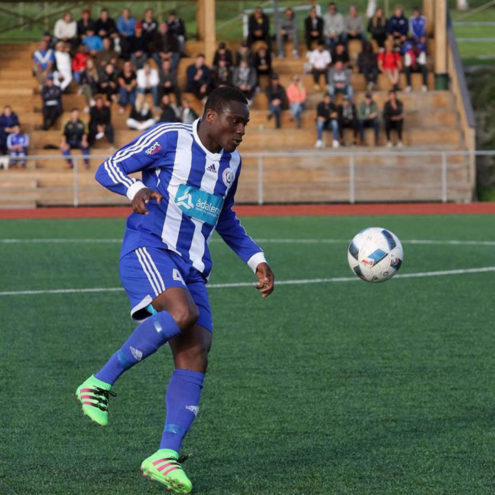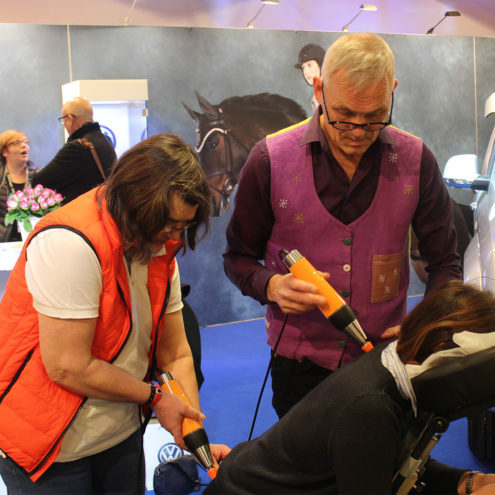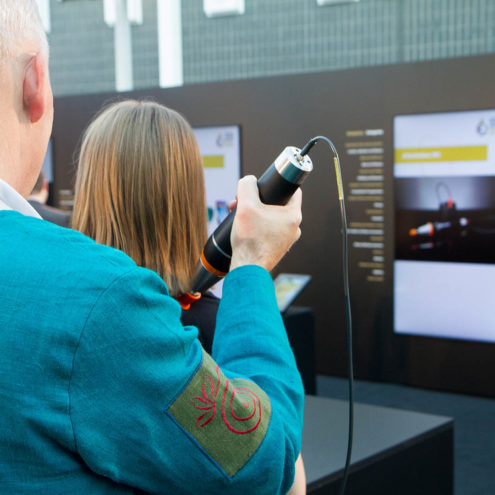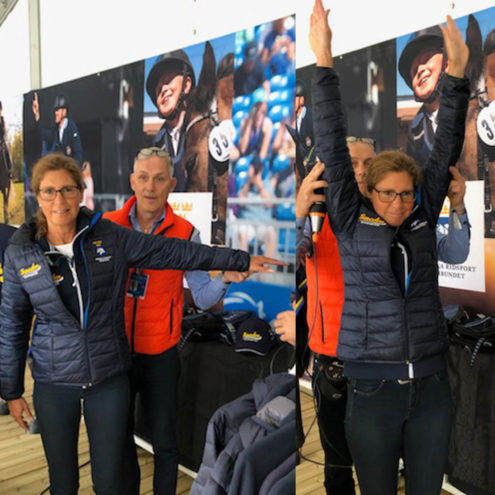Wall sit: Technique and Benefits

What is wall sit?
The wall sit, also known as wall squat, is a popular static exercise that aims to strengthen the thigh muscles. This exercise originated in traditional hunting and survival activities and has become a central part of training routines in sports such as running, downhill skiing and ice hockey. By mimicking a seated position without using a chair, hunter’s rest engages a range of muscle groups, focusing on the quadriceps (front thighs) and gluteus muscles (seat).
Description of the position of the wall sit and its uses
Wall sit involves assuming a seated position against a wall or other vertical surface, without using anything to support your weight except your legs. To assume this position, stand with your back against a wall and lower yourself until your knees are bent at 90 degrees, with your feet flat on the ground and parallel to each other. The back is kept straight against the wall, and the arms can either hang at the sides or be placed on the thighs.
This exercise is particularly useful in sports and activities that require strong leg muscles and endurance, such as downhill skiing, where the legs must maintain a low position for a long time, and ice hockey, where explosive strength and stability are essential. Even runners can benefit from wall sit by strengthening the quadriceps and improving running economy.
Historical background and use in hunting and outdoor activities
Historically, wall sit has been used by hunters and gatherers as a way to rest without fully sitting down, which allowed them to get up quickly and be prepared to act when needed. This semi-sitting position allowed hunters to remain alert and minimize noise, which was crucial to not scare away prey. Survival instructors and soldiers have used hunter rest to improve leg strength and endurance during prolonged patrols or guard duty.
How is wall sit performed correctly?
Instructions for taking the wall sit position
To perform wall sit correctly, follow these steps:
Preparation: Stand with your back against a wall and your feet hip-width apart, about 60 cm from the wall.
Descent: Slowly lower yourself downwards by bending your knees and pressing your back against the wall.
Position: Continue lowering yourself until your knees are bent at a 90-degree angle. Make sure your knees are above your ankles and your thighs are parallel to the floor.
Posture: Keep your back straight against the wall and avoid leaning forward or backward. Arms can hang at your sides or be placed on your thighs for balance.
Breathing: Breathe evenly and hold the position for as long as possible, preferably at intervals of 30 seconds to 2 minutes.
Tips for maintaining a comfortable and stable position for longer periods of time
Keeping the wall sit can be challenging, especially for beginners. Here are some tips to make it easier:
Progression: Start with shorter intervals and work your way up to longer times. This helps to gradually build up strength and endurance.
Muscle activation: Focus on activating the core muscles to stabilize the body and reduce stress on the legs.
Foot positioning: Make sure your feet are flat on the ground and avoid lifting your heels or toes.
Breathing techniques: Use deep, even breathing to keep your body relaxed and prevent tension.
Mental focus: Distract yourself with music, a podcast, or meditation.
Benefits of wall sit
Relieves the back and increases the strength of the thighs and
One of the main benefits of wall sit is that it helps to relieve the strain on your back while increasing the strength of your thighs and glutes. Using the wall support allows one to rest without fully sitting down, which is particularly useful during prolonged observations or waiting periods. This is a gentle position for the spine and can help prevent back pain and discomfort.
Provides an opportunity for relaxation and reflection in nature
Wall sit offers an excellent opportunity for relaxation and reflection, especially for those who spend time in nature. By adopting this position, you can enjoy your surroundings without straining your body. It is an ideal posture for birdwatchers or hunters, for example, who want to observe without moving too much, which can scare away birds and prey. This form of rest also promotes mental clarity and presence, which can enhance the overall experience in nature.
Can be used to stabilize the body and improve sight when hunting or shooting
For hunters and photographers, stability can be crucial to capturing the perfect moment. Wall sit helps stabilize the body, making it easier to hold a rifle or camera still for extended periods. This position can reduce hand shaking and improve accuracy, which is crucial for success in hunting or photography.
Summary
The wall sit is a versatile exercise that offers many benefits to athletes and nature lovers alike. By strengthening the muscles of the thighs, relieving the back and improving stability, this exercise can help improve both physical and mental health. Whether you are an athlete looking to increase leg strength, a hunter needing stability, or a nature lover seeking a gentle resting position, hunter’s rest can be a valuable addition to your routine.
For more information on how to optimize your training and reap the benefits of wall sit, please visit FasciaClinics and discover how our experts can help you achieve your health goals.
 Search
Search




